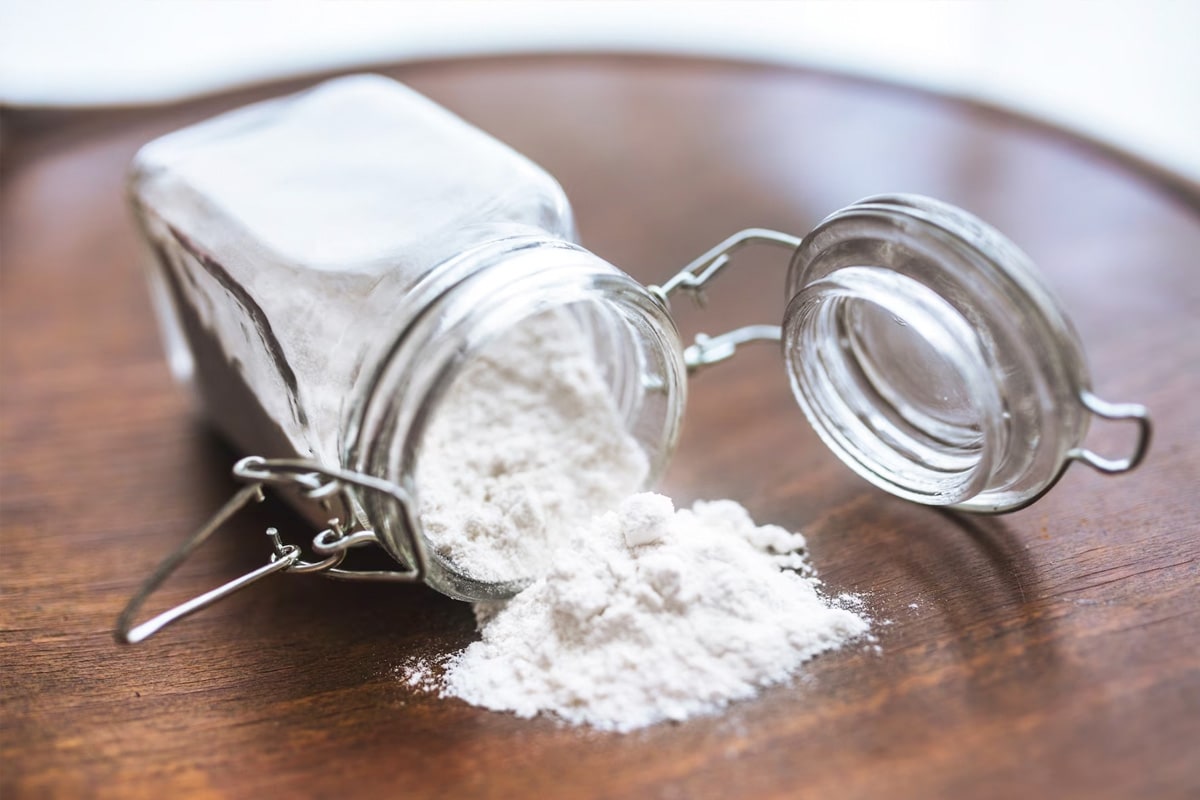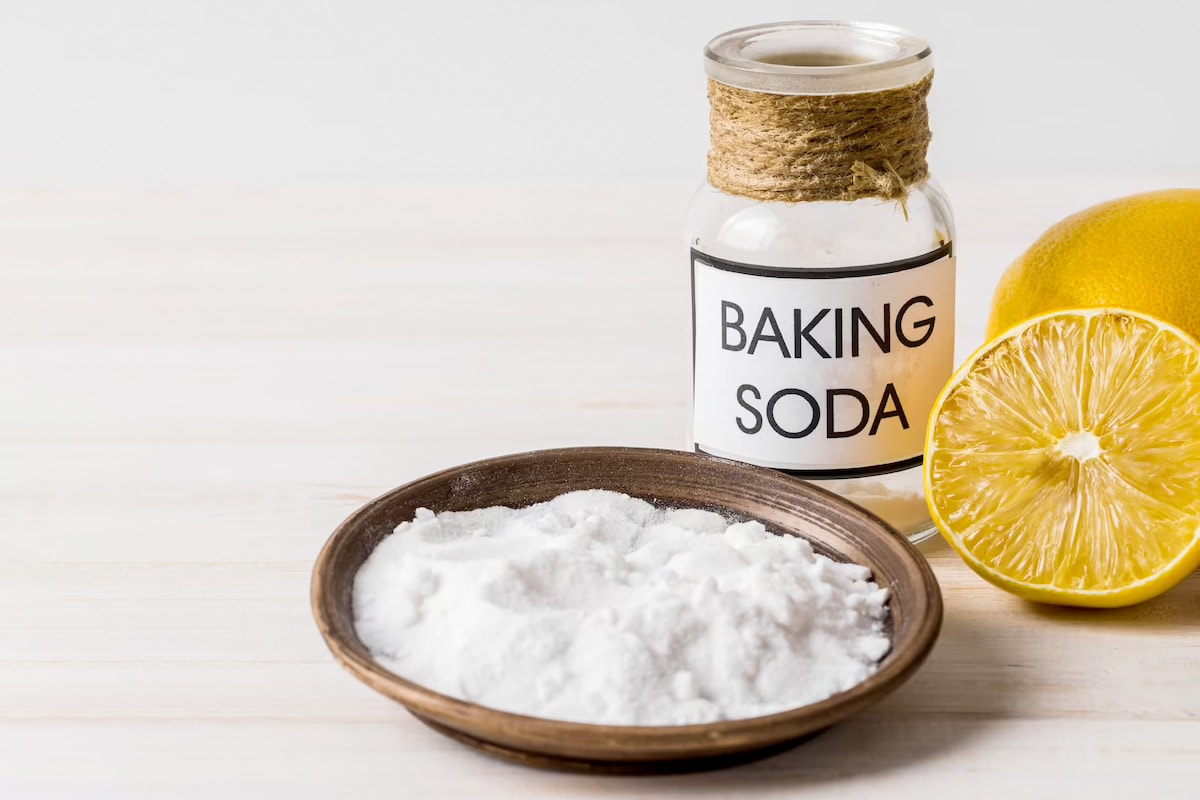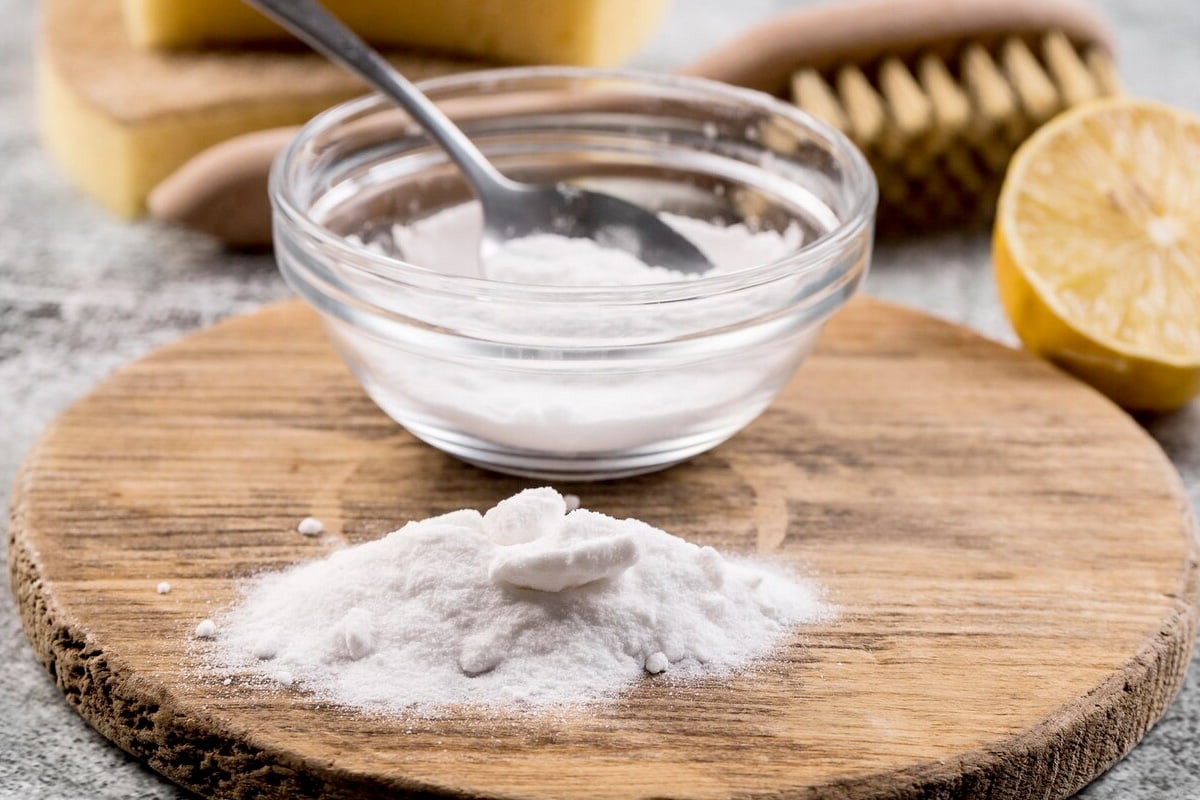If you’re a fan of baking, you’ve likely come across the terms “bread soda” and “baking soda” in recipes. While these two ingredients may sound interchangeable, you may be wondering if they’re actually the same thing. The short answer is no, but the differences between the two may surprise you.

Bread soda and baking soda are both leavening agents that help baked goods rise. However, bread soda is a form of sodium bicarbonate that has been specifically formulated for use in bread recipes. It typically has a coarser texture and a stronger, more bitter taste than baking soda. On the other hand, baking soda is a more versatile ingredient that can be used in a variety of recipes, including baked goods, cleaning solutions, and even as a natural deodorant.
Let’s dive in!
What is Bread Soda?
So, you’re looking for the perfect ingredient to make your bread rise? You might have heard of bread soda, but you’re not quite sure what it is and if you can substitute it with baking soda? Well, let’s start by saying that bread soda and baking soda are not the same thing, but they are closely related.
Bread soda is a type of bicarbonate of soda that is used in Ireland and the UK to make soda bread. It is also known as sodium bicarbonate or bicarbonate of soda. It is a white crystalline powder that is slightly alkaline and has a salty, bitter taste.
Bread soda is used as a leavening agent in soda bread. It reacts with the acid in the bread to produce carbon dioxide, which makes the bread rise. It is also used as a cleaning agent, a deodorizer, and a fire extinguisher.
What is Baking Soda?

You’re probably more familiar with baking soda. It’s a common ingredient in many baked goods and is often used as a leavening agent. But what exactly is baking soda, and how does it work?
Baking soda is a white, crystalline powder that is alkaline in nature. Its scientific name is sodium bicarbonate, and it is a compound that is made up of sodium, hydrogen, carbon, and oxygen.
When baking soda is combined with an acid (such as vinegar or lemon juice), it produces carbon dioxide gas, which causes baked goods to rise. Baking soda is also commonly used as a cleaning agent. Its abrasive properties make it effective at removing stains and grime from a variety of surfaces.
You may have even used baking soda to clean your teeth or freshen your breath! When it comes to baking, it’s important to use the right amount of baking soda.
Too much can cause baked goods to rise too quickly and then collapse, while too little can result in dense, flat baked goods.
Be sure to follow the recipe carefully and measure your ingredients accurately. In conclusion, baking soda is a versatile ingredient that has many uses in both baking and cleaning.
Understanding how it works and how to use it properly can help you achieve great results in the kitchen.
What Are The Differences?

Chemical Composition
Bread soda and baking soda are both leavening agents, but they have different chemical compositions. Bread soda is also known as sodium bicarbonate, which is a base. It reacts with acidic ingredients in recipes to produce carbon dioxide gas, which causes the dough or batter to rise.
Baking soda, on the other hand, is pure sodium bicarbonate, without any acidic ingredients. It needs an acidic ingredient, such as lemon juice or vinegar, to activate it and produce carbon dioxide gas.
Uses in Cooking
Bread soda is commonly used in Irish soda bread, which is a type of quick bread that does not require yeast. It is also used in other bread recipes, such as sourdough and rye bread.
Baking soda is used in a wide range of baked goods, including cakes, cookies, and muffins. It is also used in savory dishes, such as fried chicken and fish.
Availability and Cost
Bread soda is widely available in Ireland and the United Kingdom, where it is commonly used in baking. It may be harder to find in other countries, but it can usually be purchased online. Baking soda is widely available in most grocery stores and is relatively inexpensive.
In conclusion, while bread soda and baking soda are both leavening agents, they have different chemical compositions and are used for different purposes in cooking. It’s important to use the correct ingredient in your recipes to achieve the desired results.
Can Bread Soda be Substituted for Baking Soda?
So, you’ve run out of baking soda and all you have in your pantry is bread soda. Can you use bread soda instead of baking soda in your recipe? The short answer is no, you cannot substitute bread soda for baking soda in a recipe. However, it depends on the recipe.
Although both bread soda and baking soda are leavening agents, they are not the same thing. Bread soda is also known as sodium bicarbonate, just like baking soda, but it is not the same as baking soda. Bread soda is typically used in recipes for Irish soda bread, which is a type of quick bread that does not require yeast to rise.
Baking soda, on the other hand, is a versatile ingredient that is used in a variety of recipes, including cookies, cakes, and quick breads. Baking soda is also a key ingredient in many household cleaning products because of its ability to neutralize odors and cut through grease.
So, why can’t you substitute bread soda for baking soda in a recipe? The main reason is that bread soda is not as strong as baking soda. Baking soda is a more concentrated leavening agent, which means that you need less of it to achieve the same results as bread soda.
If you try to use bread soda instead of baking soda in a recipe, your baked goods may not rise properly, and you may end up with a dense and heavy final product.
In conclusion, while bread soda and baking soda may look similar and have some similar properties, they are not interchangeable in recipes. If you find yourself without baking soda, it’s best to either run to the store to buy more or find a recipe that doesn’t require it.
Bottom Line
After examining the facts, it is clear that bread soda and baking soda are not the same thing. While they may share some similarities, such as their chemical composition and use in baking, there are also important differences that set them apart.
Firstly, bread soda is specifically formulated for use in Irish soda bread, while baking soda has a wide range of culinary and household applications. Secondly, the two substances may have different levels of purity and leavening power, which can affect the outcome of your baked goods.
While some recipes may use the terms interchangeably, it is important to understand the distinction between bread soda and baking soda in order to achieve the best results in your cooking and baking endeavors. Always check the recipe carefully and use the correct ingredient as specified.

Leave a Reply